Premium Only Content
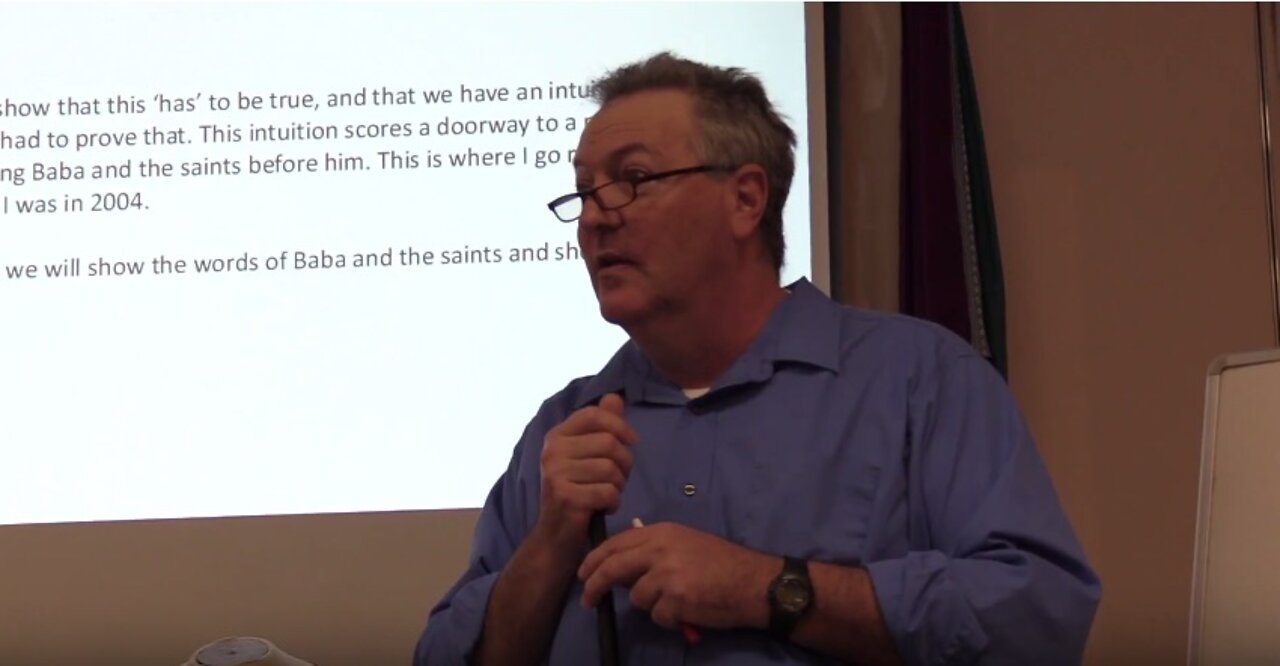
Baba and the Future - Part 8
In Part 8 we introduce the perceptual schema. There were technical problems before the talk and I was flustered and made some errors. Most significantly I said Thomas Reid was an amateur philosopher. He was not. It was Sir Hamilton, who spent his life promoting the ideas of Reid, who was an amateur philosopher, and I suspect it was his life spent in dedication to promoting and spreading the philosophy of Reid that influenced the dictionary gaff I pointed out at the beginning.
A second error was stating that Nikolas Copernicus was a Franciscan. Copernicus was never ordained as a priest though nearly was. However, Roger Bacon, who was deeply influential in the development of the scientific method, was a Franciscan Friar, as well as others, including William of Ockham, as I mentioned.
A less significant error is that I called the fox in the gestalt slide a 'wolf.'
Sources mentioned include Essays on the Intellectual Powers of Man, Thomas Reid (1785), Theaetetus by Plato (369 BC), and Patterns of Discovery by Norwood Hanson (1959).
Norwood Hanson was an interesting person. Besides being a prominent philosopher of science, he was also a stunt pilot, and famously flew a stunt plane over the Golden Gate Bridge in San Francisco.
Hanson and Berkeley are my two favorite philosophers, largely for their interest in perception. Although I would say the greatest western philosopher was Immanuel Kant. Hanson was indirectly influenced by Kant through his reading of the posthumous works of Ludwig Wittgenstein, who was the first to discuss the concept of 'ways of seeing,' something Wittgenstein noticed but did all in his power to dismiss as unimportant. In this series they are central, as the remaining talks will demonstrate.
-
 LIVE
LIVE
Tim Pool
1 hour agoIsrael VS Palestine DEBATE, Misfit Patriot VS Rathbone | The Culture War with Tim Pool
14,637 watching -
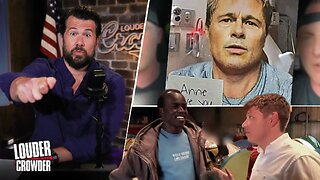 LIVE
LIVE
Steven Crowder
2 hours agoAI Celebs Just Scammed Women out of Millions & Premium Interview w/ Patrick Christys
18,240 watching -
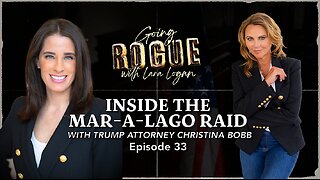 LIVE
LIVE
Lara Logan
13 hours agoINSIDE THE MAR-A-LAGO RAID with Trump Attorney Christina Bobb | Episode 33
622 watching -
 LIVE
LIVE
The Mel K Show
1 hour agoMORNINGS WITH MEL K -This Labor Day Celebrate Liberty, Freedom & Family! 8-29-25
468 watching -
 LIVE
LIVE
The Shannon Joy Show
2 hours ago🔥🔥The Butchers At Hilo Benioff Hospital Hawaii - Mom Subjected To Forced C-Section & Abuse🔥🔥
304 watching -
 LIVE
LIVE
LFA TV
5 hours agoLFA TV ALL DAY STREAM - FRIDAY 8/29/25
4,417 watching -
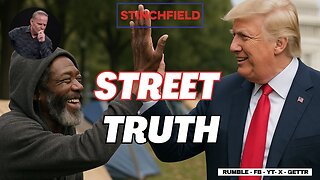 LIVE
LIVE
Grant Stinchfield
18 hours agoEven DC’s Homeless Beg for Trump’s Law & Order — While Wacky White Liberal Women Scream NO!
143 watching -
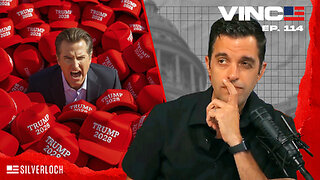 1:02:30
1:02:30
VINCE
3 hours agoGavin Newsom Is A Major Trump Fan | Episode 114 - 08/29/25
141K101 -
 1:32:10
1:32:10
Nikko Ortiz
2 hours agoPainful Life Experiences
17.2K7 -
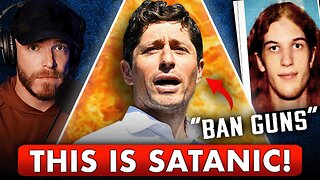 1:42:16
1:42:16
Dear America
4 hours agoThe Left Chooses TRANS Over Christianity!! WOKE Mayor Is Doubling Down!!
88.1K54